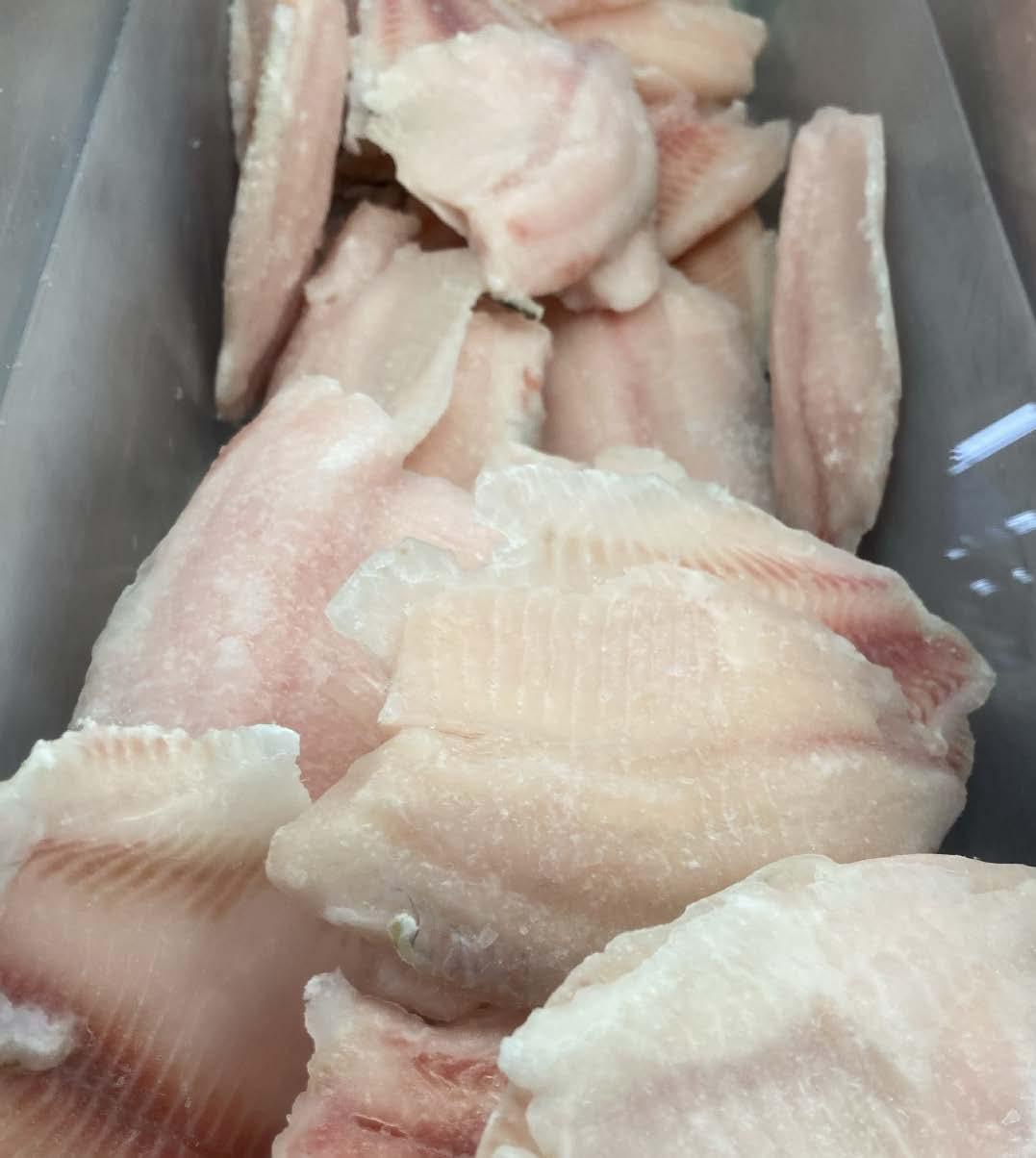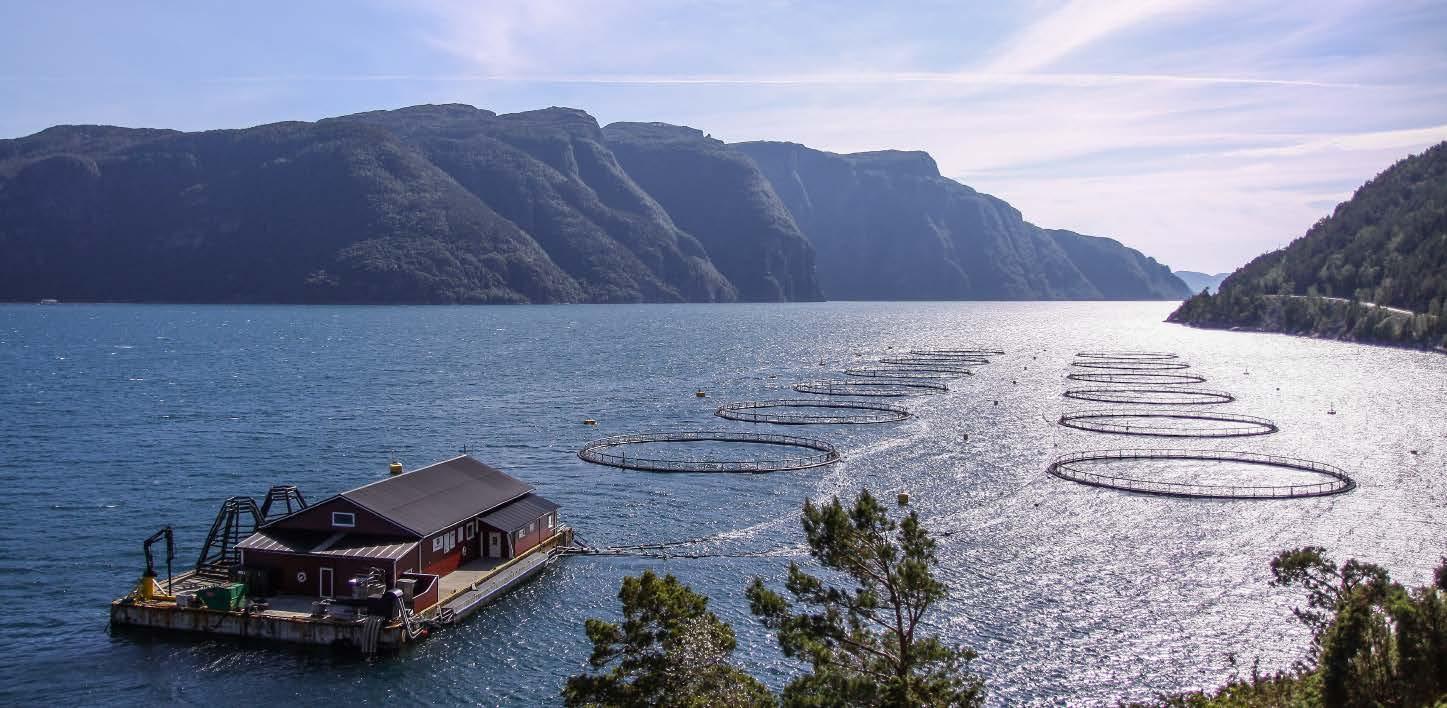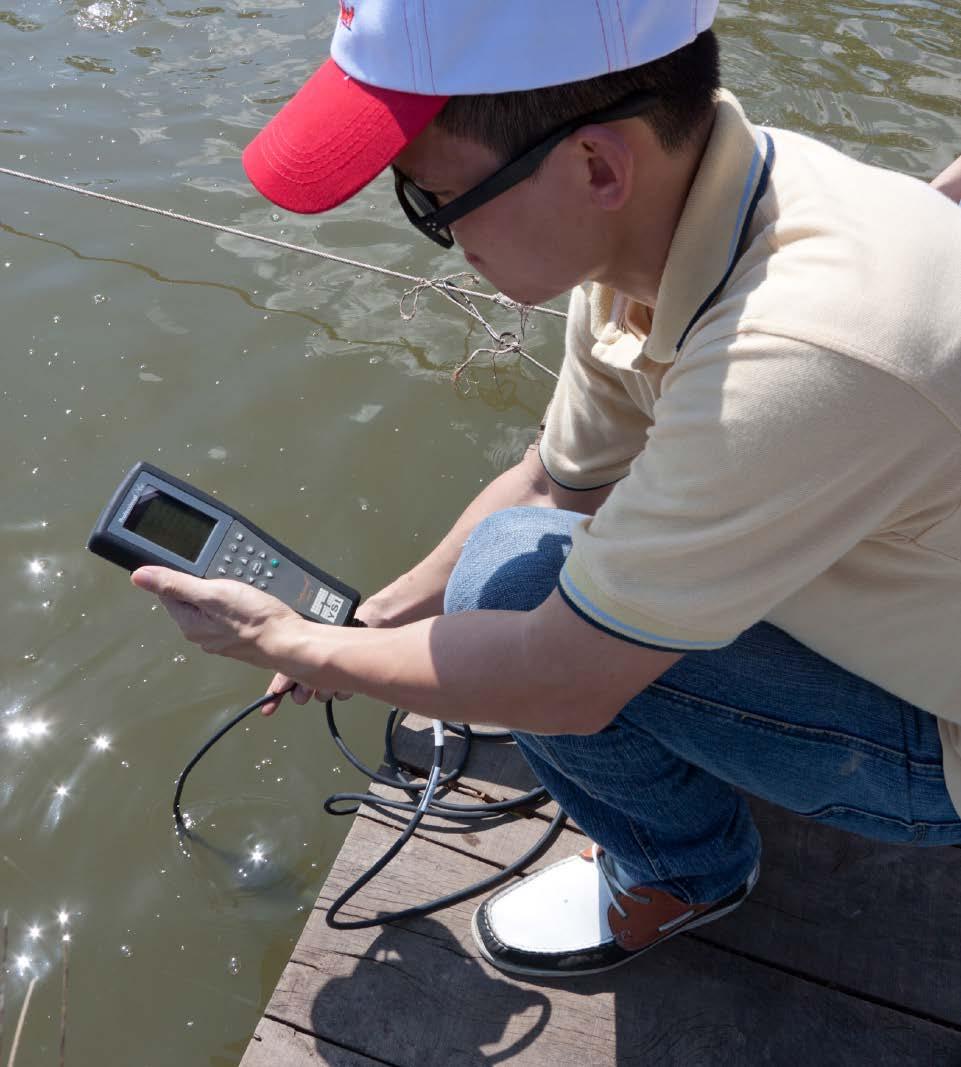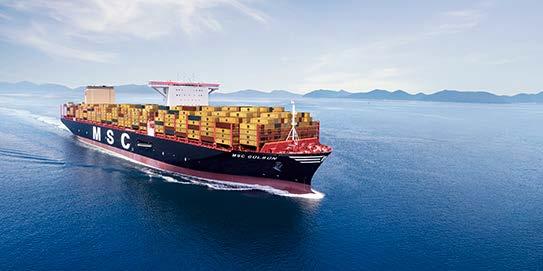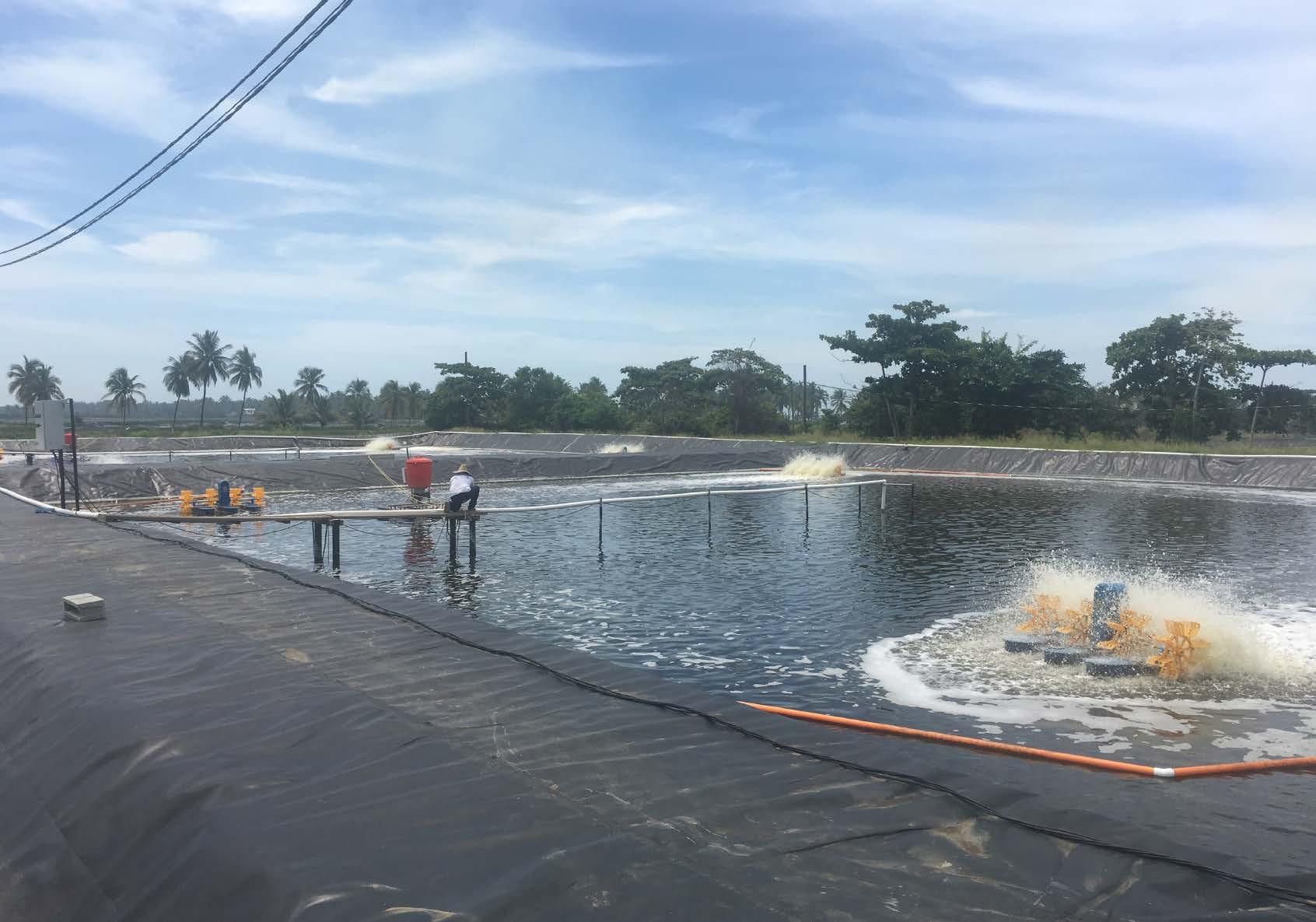THE GOOD, THE BAD AND THE UGLY
Investing in aquaculture: a good idea or not? “Caveat emptor”- let the buyer beware
With a 6 to 8% projected annual growth rate into the foreseeable future,
aquaculture will offer good investment opportunities. However, just like any other endeavor, there are some very good reasons why what some see as a pot of gold at the end of the rainbow is empty. There are many exciting opportunities in aquaculture globally. Approaching them cautiously and ensuring that somewhere in the evaluation process there are voices that think about the upsides and understand the potential By Stephen G. Newman Ph.D. * President and CEO, AquaInTech Inc.
downsides is critical.
A
quaculture is the farming of animals and plants that require water to be grown in. It is water-based agriculture. It is an ancient form of agriculture and has a history that stretches far into the past. It is the last major global shift from a hunting (fishing) to a farming paradigm. It encompasses hundreds of species, including fish species, many crustaceans (shrimp and crabs), other invertebrates (oysters and clams), and aquatic plants (algae). This sector has grown rapidly for decades and is expected to continue to do so for many years to come. With a current global population approaching 8 billion people and a predicted increase to more than 10 billion within the next three decades, aquaculture is held by many to be the only way to meet the demand for high-quality sustainable protein to feed the masses. For much of history, China has been the world’s leading country for the production of protein by aquaculture, at times representing more than 50% of the total global production. Since adopting capitalism over the last three decades, their burgeoning middle class has driven huge increases in
78 »
APRIL-MAY 2021

